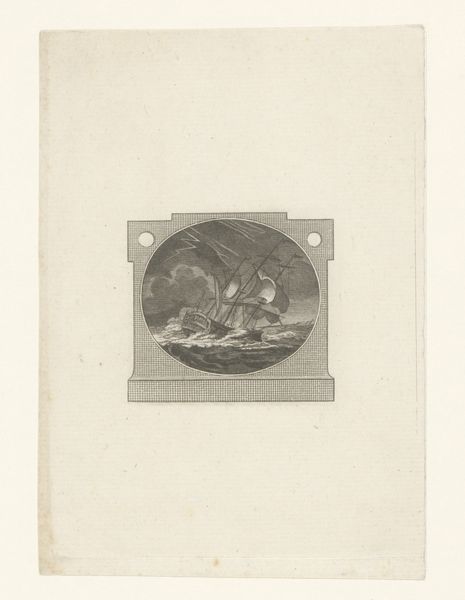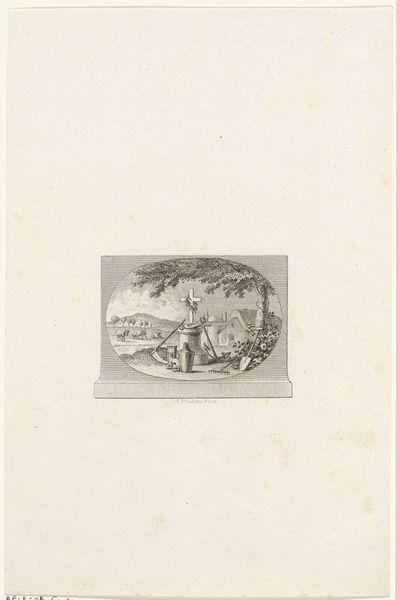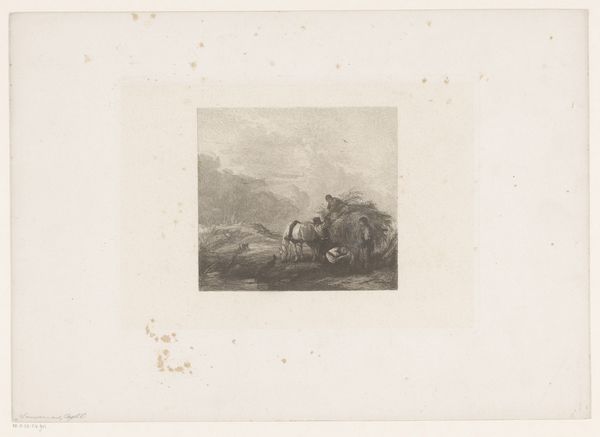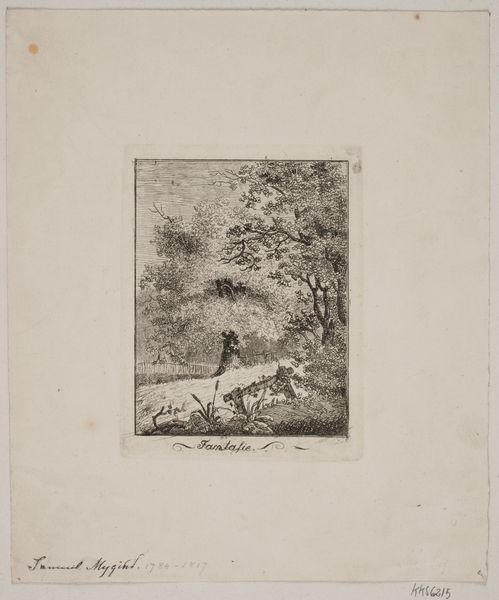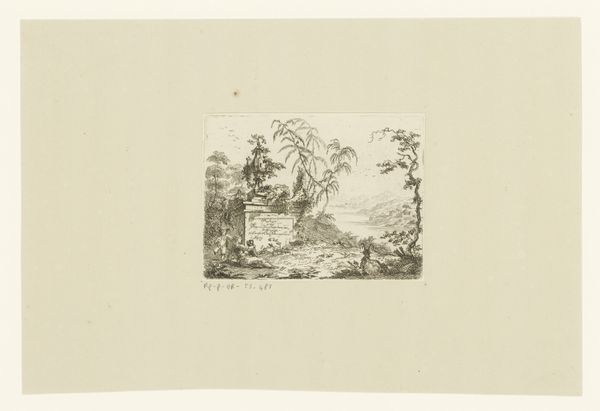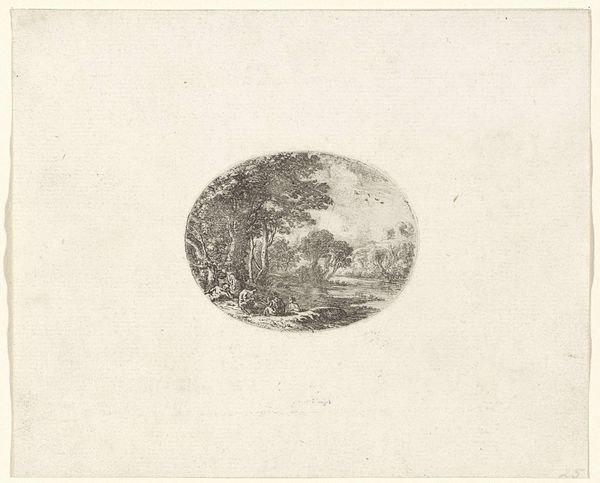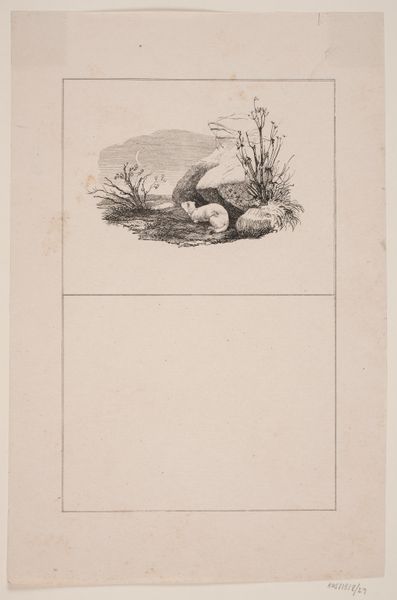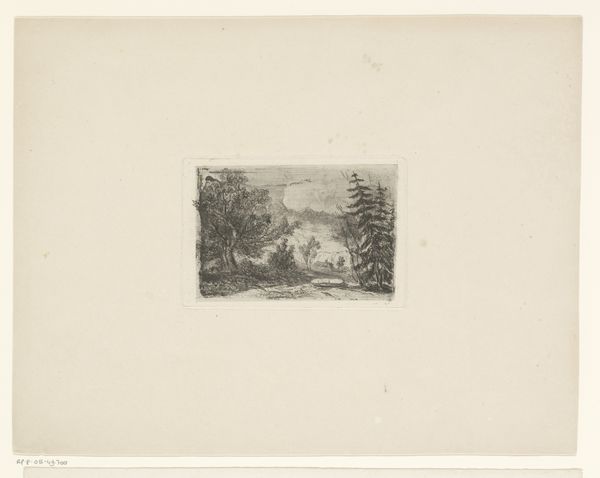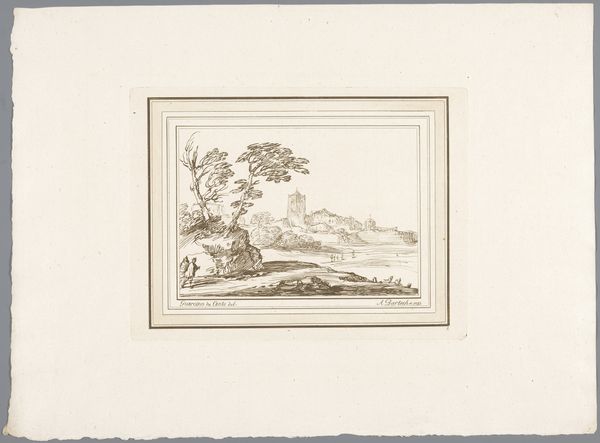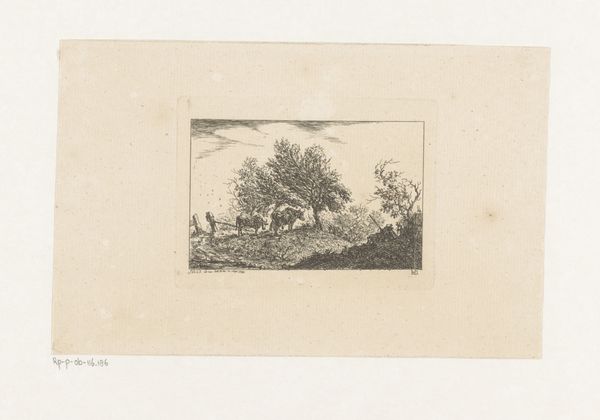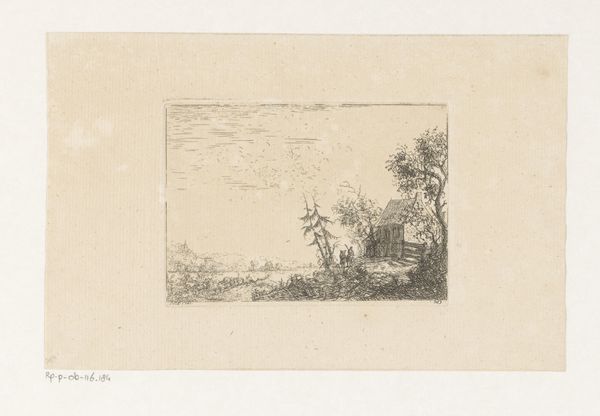
drawing, print, engraving
#
drawing
#
narrative-art
#
animal
# print
#
landscape
#
romanticism
#
engraving
Dimensions: height 247 mm, width 162 mm
Copyright: Rijks Museum: Open Domain
Editor: This is "The Threatened Swan," an engraving by Reinier Vinkeles, dating back to 1805. The swan's pose feels quite dramatic and the circular composition is very striking. How do you interpret this work? Curator: From a materialist perspective, consider the printmaking process itself. Engraving, with its laborious tooling of the plate, democratized image production. Before photography, these prints circulated widely, shaping public perception of both art and nature. Notice the swan, aggressively posturing. How does its depiction of aggression connect to contemporary socio-political tensions or the consumption of landscape imagery at the time? Editor: So, it’s not just about the swan itself, but also how easily images like this could be reproduced and spread around? And how the act of representing the swan reflects broader issues? Curator: Precisely! Consider the relationship between artistic labor and cultural capital. This print's affordability made art accessible, yet its imagery – the threatened swan, a symbol of purity perhaps – catered to specific bourgeois anxieties and desires. Think about the labor involved in creating and distributing this image, the market for it, and how that shaped its meaning. Editor: I see. It makes me consider how the demand for such idyllic scenes might have even driven changes in the landscape itself. What about the material constraints of printmaking, did that influence the overall message of the image? Curator: Absolutely. The black and white engraving, with its reliance on line and tonal variations, offers a limited but powerful representation of nature. The specific visual language of engraving helped frame and reinforce cultural ideas about nature as a resource, or nature in need of protection. Does understanding this help reframe how we read this "Romantic" work today? Editor: Definitely. It’s shifted my focus from the swan's emotional state to the processes that brought this image, and ideas about nature, into being. I had no idea so much of it relies on social and material dynamics, and now it makes more sense to see the relationship between labor, materials, and the image itself. Curator: It also enables us to contemplate how technological advances contribute to reshaping nature into consumer products, even within seemingly harmless artistic creations.
Comments
No comments
Be the first to comment and join the conversation on the ultimate creative platform.
